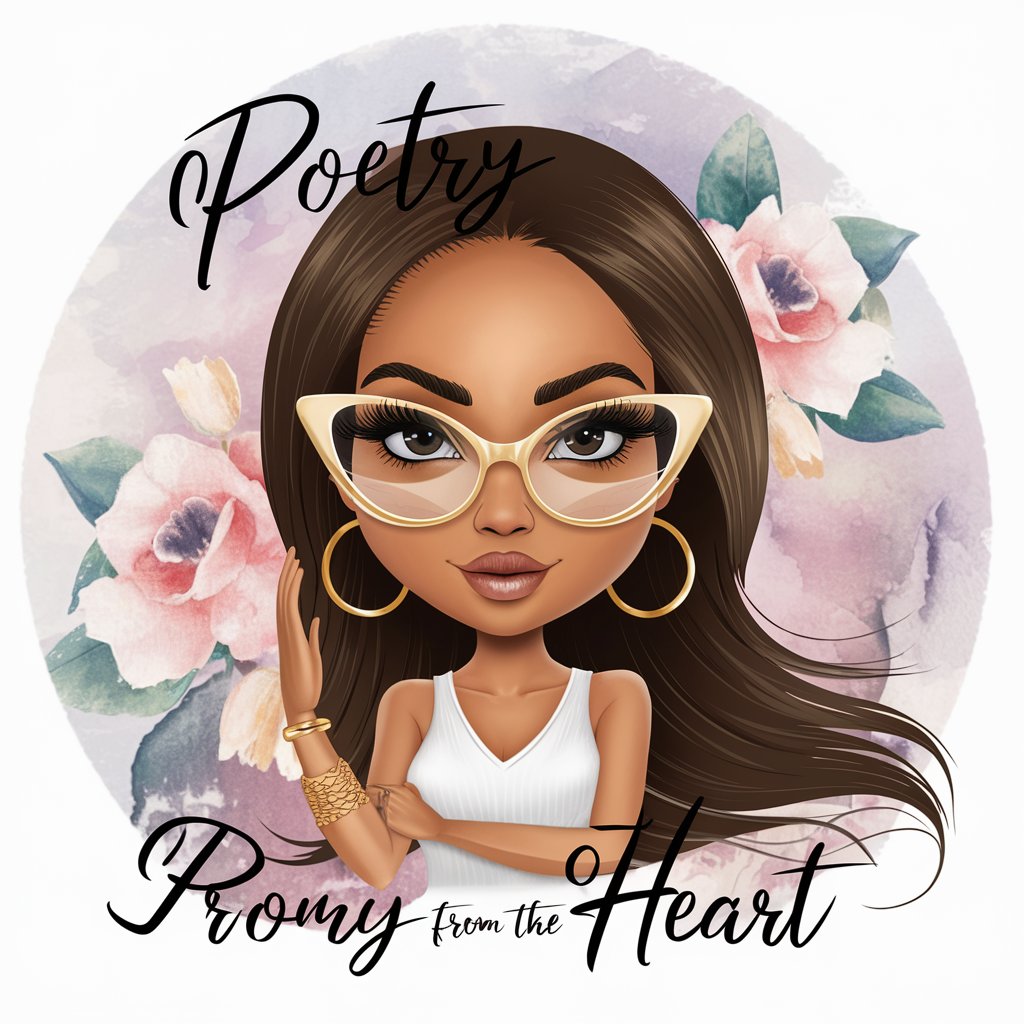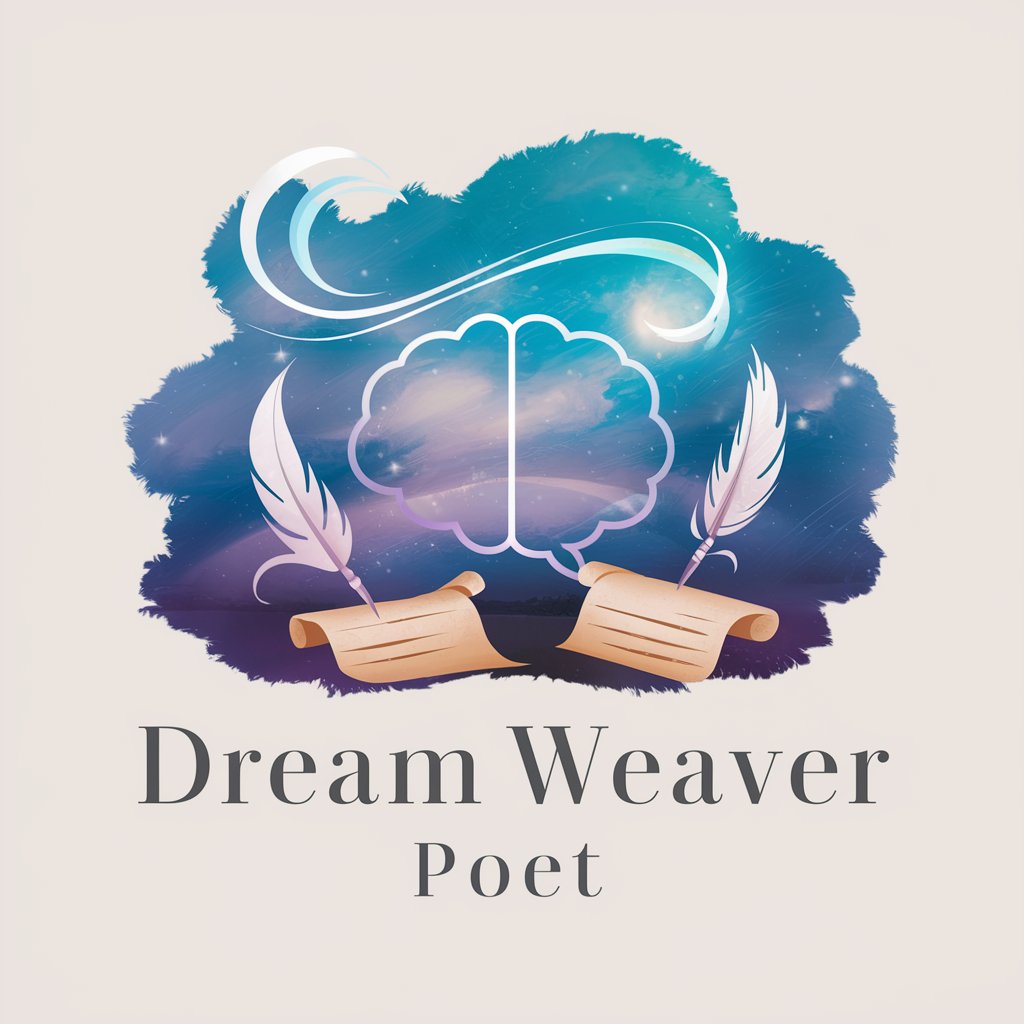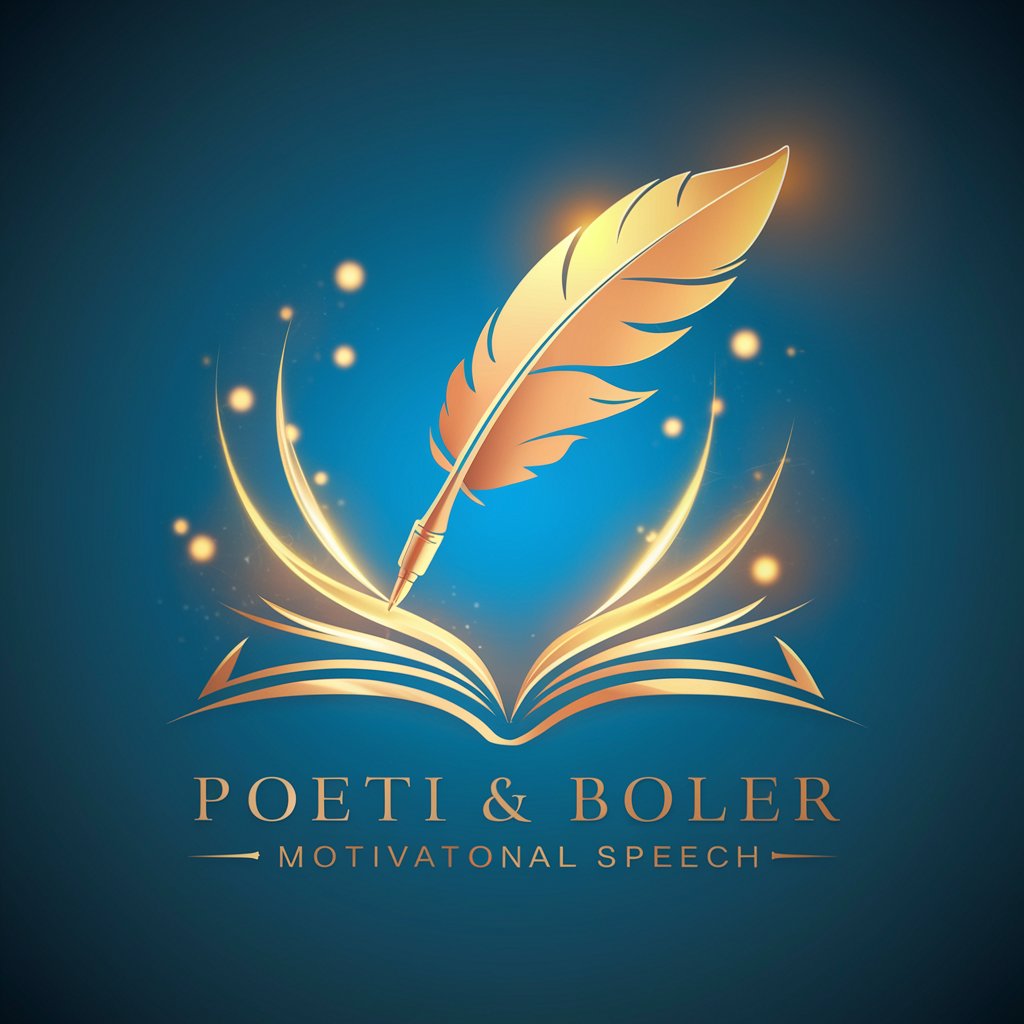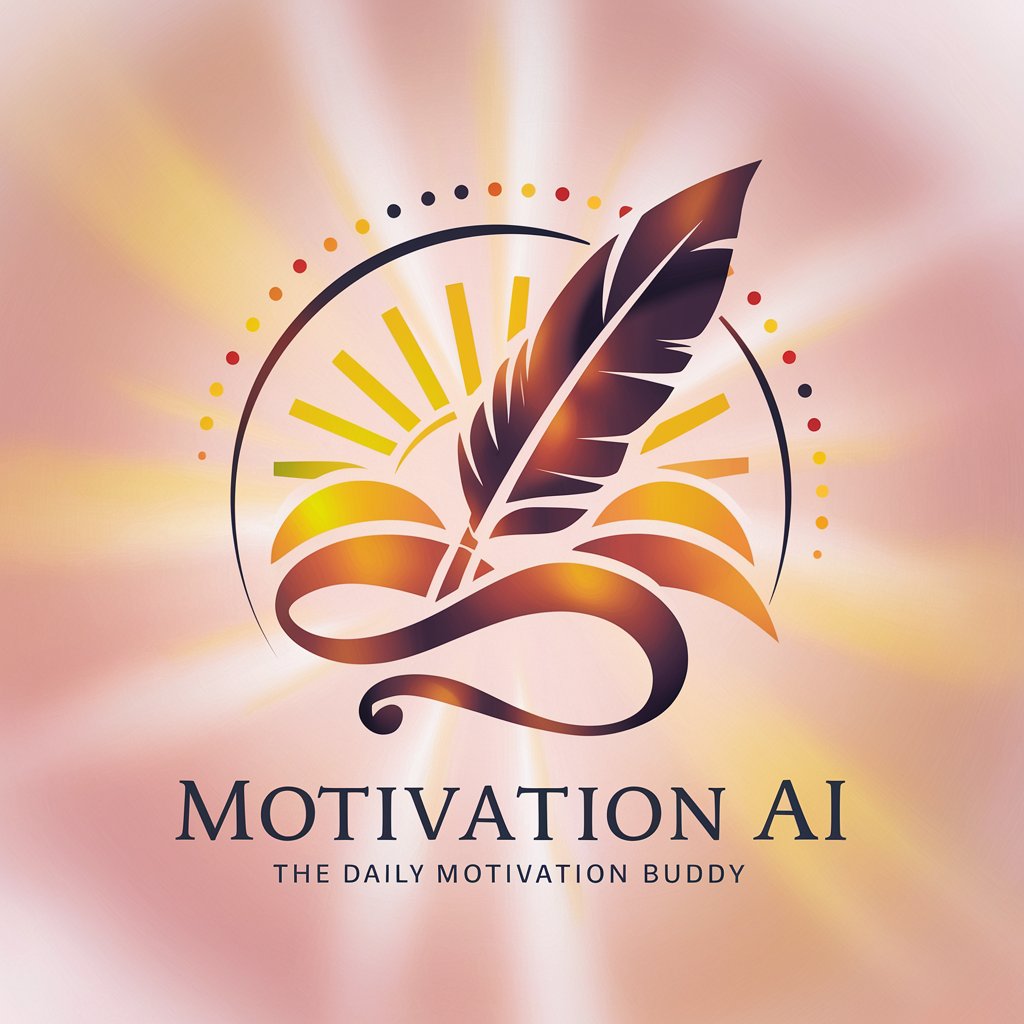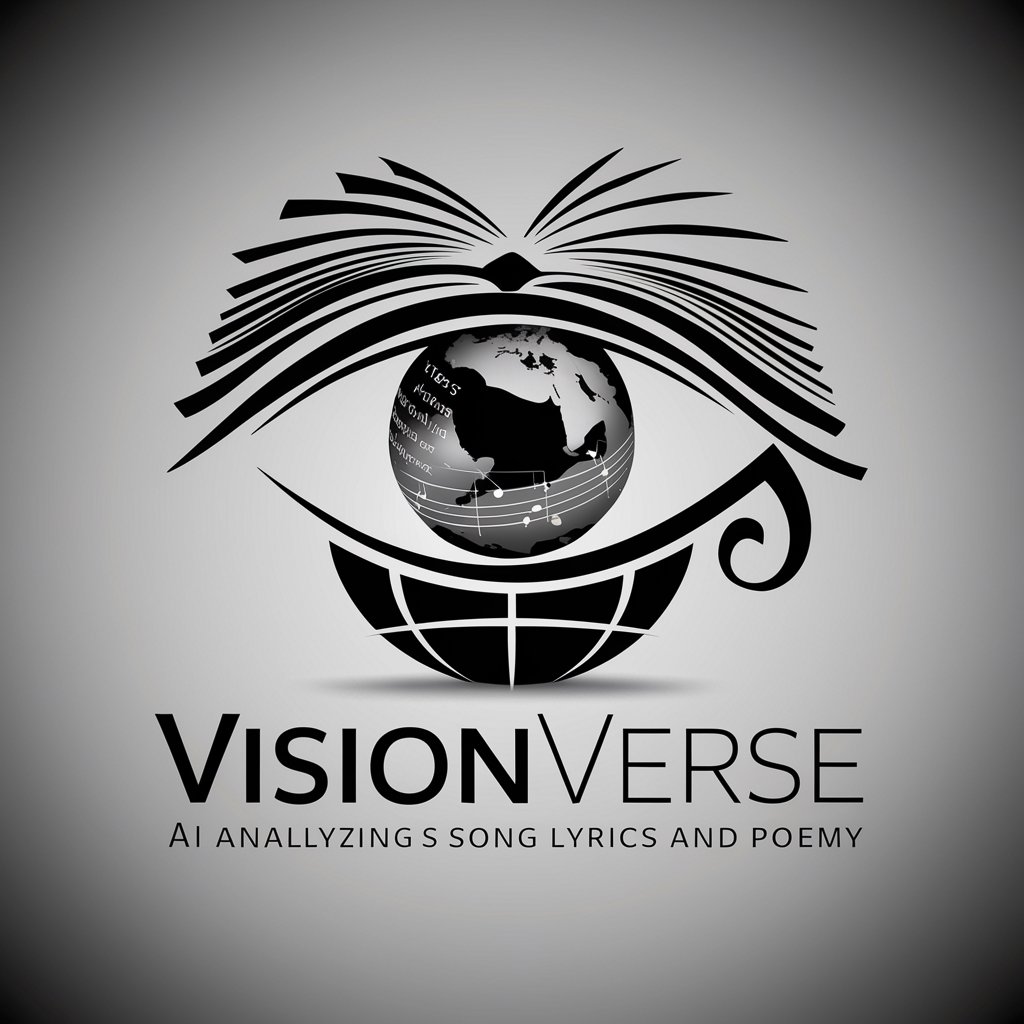
Deep Poetry - AI-Powered Poetry Analysis
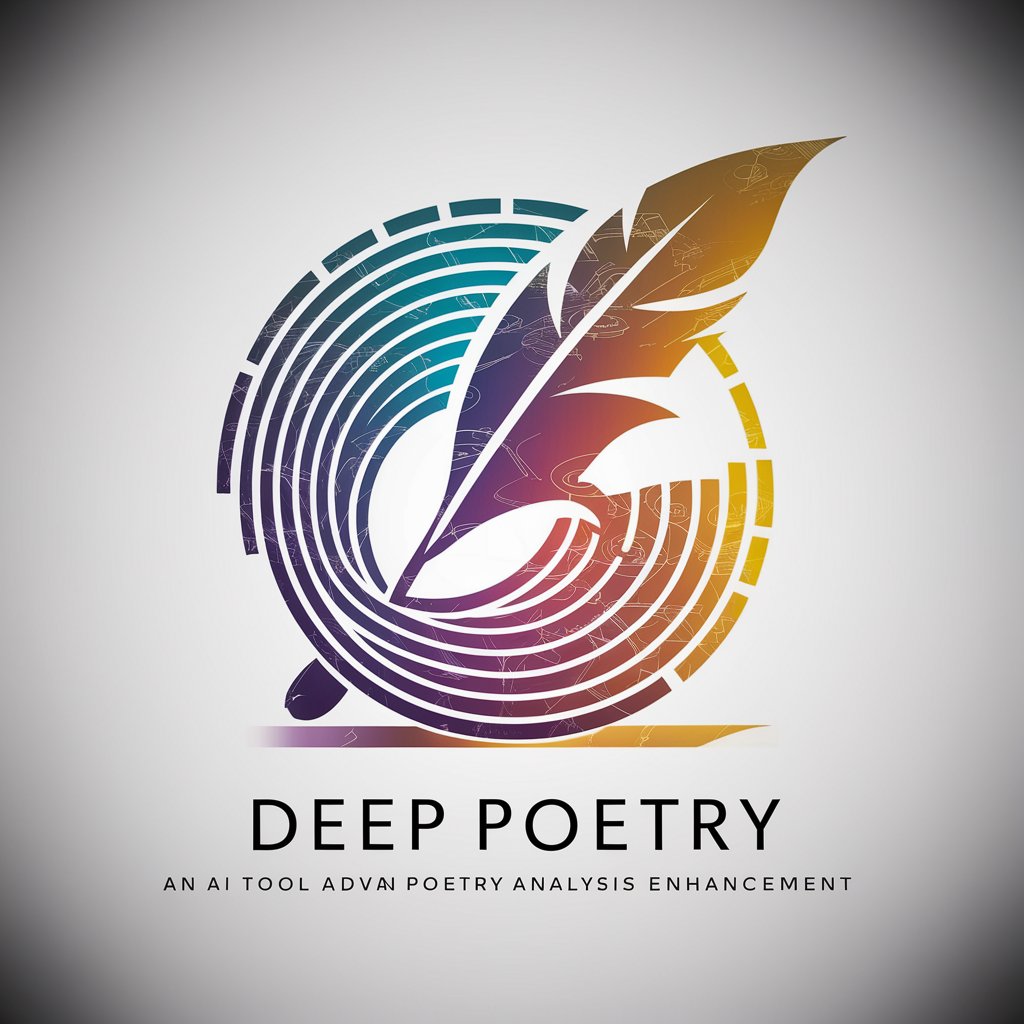
Welcome to Deep Poetry, your guide to mastering the art of verse.
Enhancing poetry with AI analysis and insights.
Write a sonnet exploring the theme of time, using vivid imagery and a consistent rhyme scheme.
Compose a free verse poem about the complexities of human emotions, incorporating metaphor and alliteration.
Craft a haiku that captures a fleeting moment in nature, focusing on sensory details and seasonal references.
Develop a narrative poem that tells a story of love and loss, employing varied meter and enjambment.
Get Embed Code
Deep Poetry: A Comprehensive Overview
Deep Poetry is an advanced tool designed to enrich the understanding and creation of poetry by leveraging artificial intelligence. At its core, Deep Poetry aims to dissect the structural and thematic elements of poems, offering insights into poetic meter, rhyme schemes, and the semantic depth of rhymes. It is equipped with capabilities such as demarcating stressed and unstressed syllables to analyze poetic meter, identifying and coloring different rhyme types, quantifying rhyming scores based on rhyme type, semantic depth, and syllabic match, and highlighting literary terms with references to authoritative sources. A unique aspect of Deep Poetry is its focus on colexification, evaluating the nuanced use of words with multiple related meanings to assess a poem's depth. For example, Deep Poetry can take a classic sonnet, break down its iambic pentameter by highlighting stressed (bold) and unstressed syllables, identify and color-code its rhymes (ABAB CDCD EFEF GG), and rate its semantic depth by examining the sophistication of its rhymes and the use of literary devices. Powered by ChatGPT-4o。

Core Functions of Deep Poetry
Analysis of Poetic Meter
Example
Demarcating 'To be, or not to be' with stressed (bold) and unstressed syllables to illustrate the meter.
Scenario
A poetry enthusiast wants to understand the meter of a Shakespearean soliloquy and applies Deep Poetry to visually parse its iambic pentameter.
Rhyme Scheme Identification and Coloring
Example
Identifying and applying different colors to the ABAB CDCD rhyme scheme of a sonnet.
Scenario
A student studying sonnets uses Deep Poetry to visually distinguish between the lines that rhyme, aiding their comprehension of the poem's structure.
Quantifying Rhyme Quality and Semantic Depth
Example
Calculating a rhyming score for 'The Road Not Taken' by analyzing rhyme types, semantic depth, and syllabic match.
Scenario
A poet seeks to refine their work by comparing its rhyming score and semantic depth against celebrated works, using Deep Poetry for guidance on improvement.
Highlighting Literary Terms and Techniques
Example
Marking metaphors, alliterations, and enjambments in 'The Love Song of J. Alfred Prufrock'.
Scenario
An English teacher uses Deep Poetry to prepare a lesson on literary devices, highlighting examples within a poem for classroom discussion.
Evaluating Colexification in Rhymes
Example
Assessing the clever use of the word 'lead' in different contexts within a poem for its depth score.
Scenario
A literary critic analyzes the nuanced use of language in a poet's work, focusing on the multifaceted meanings of key words to evaluate its intellectual depth.
Who Benefits from Deep Poetry?
Poetry Enthusiasts
Individuals passionate about poetry who seek to deepen their understanding of poetic forms, techniques, and the nuanced use of language. They benefit from Deep Poetry's analytical capabilities, enhancing their appreciation and interpretation of poems.
Poets and Writers
Creative individuals who write poetry or prose and are looking to refine their craft. Deep Poetry offers them insights into the structural and thematic elements of their work, aiding in the development of their unique voice and style.
Educators and Students
Teachers and learners in academic settings can leverage Deep Poetry to analyze, teach, and study poetry. It provides a visual and analytical framework to explore poetic forms, literary devices, and thematic depth, making poetry more accessible and engaging.
Literary Critics and Scholars
Professionals who study and critique literary works can use Deep Poetry to conduct detailed analyses of poems, assessing their structure, thematic coherence, and innovative use of language. It serves as a tool for scholarly research and critique.

How to Use Deep Poetry
Begin your journey
Initiate your exploration by accessing yeschat.ai, which offers a free trial without the necessity for a login, eliminating the need for ChatGPT Plus.
Select the 'Deep Poetry' tool
Navigate through the platform to find and select the 'Deep Poetry' feature from the available tools section.
Input your poetry
Enter the poem you wish to analyze into the provided text box. You can either type it manually or paste it from another source.
Choose analysis features
Select the specific features you want Deep Poetry to analyze. Options include meter detection, semantic depth analysis, rhyme scoring, and literary technique identification.
Review the analysis
Submit your poem for analysis. Review the comprehensive feedback provided by Deep Poetry, including stressed syllables, rhyme demarcation, and literary terms used.
Try other advanced and practical GPTs
Paysagisme Landscaping - règles professionnelles
Empowering landscaping professionals with AI-driven insights and education.

Risk Navigator & Quantifier
Navigate risks with AI-powered precision

The Quantifier
Quantify the world, one laugh at a time.
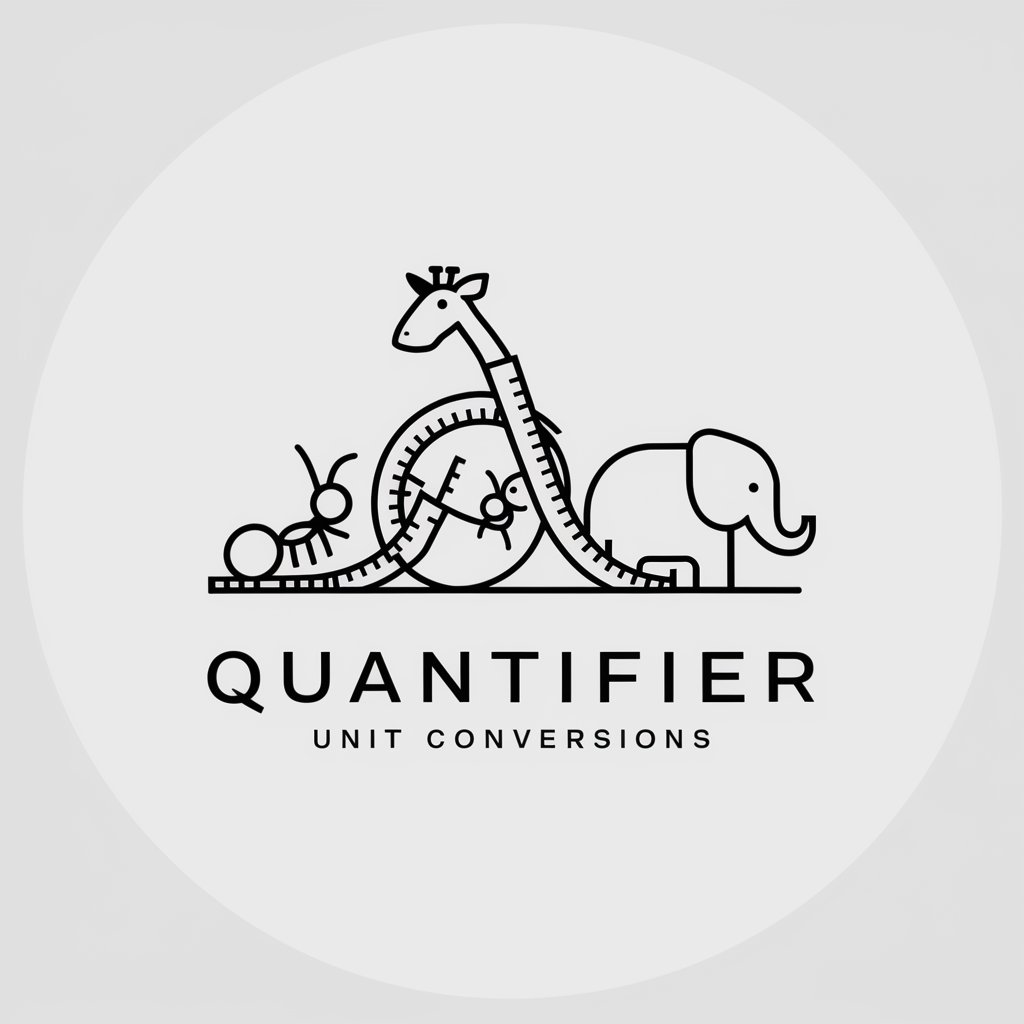
Quantified Self Coach
AI-powered Personal Data Insight

Meal Planner with Shopping List
Tailored meal planning at your fingertips.

MonkeMeter
Quantifying the world, one banana at a time.
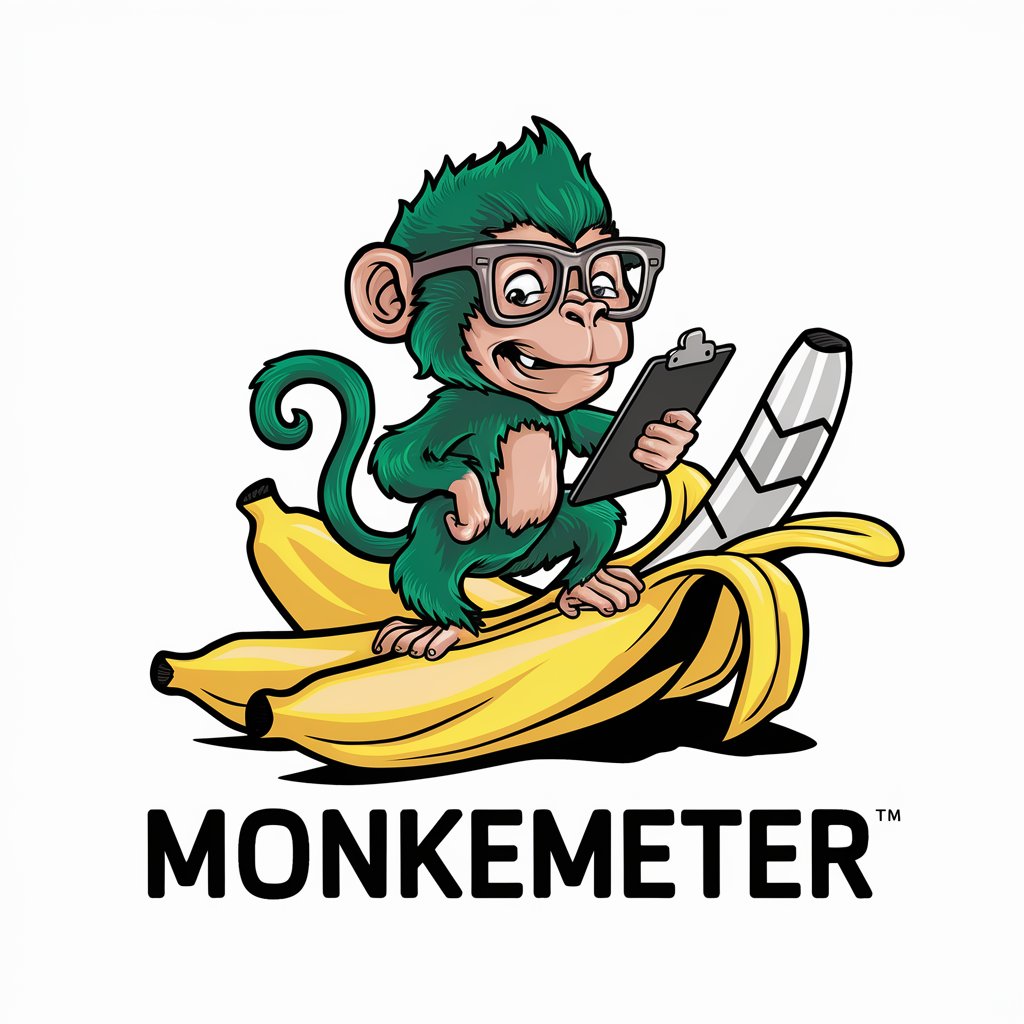
Milla
Empowering support with AI efficiency

Bulgarian Mila
Experience Bulgaria with a Local AI

SEAZN
Discover Cooking, Powered by AI

Mila the Math Wizard
Transforming math learning with AI-powered support.
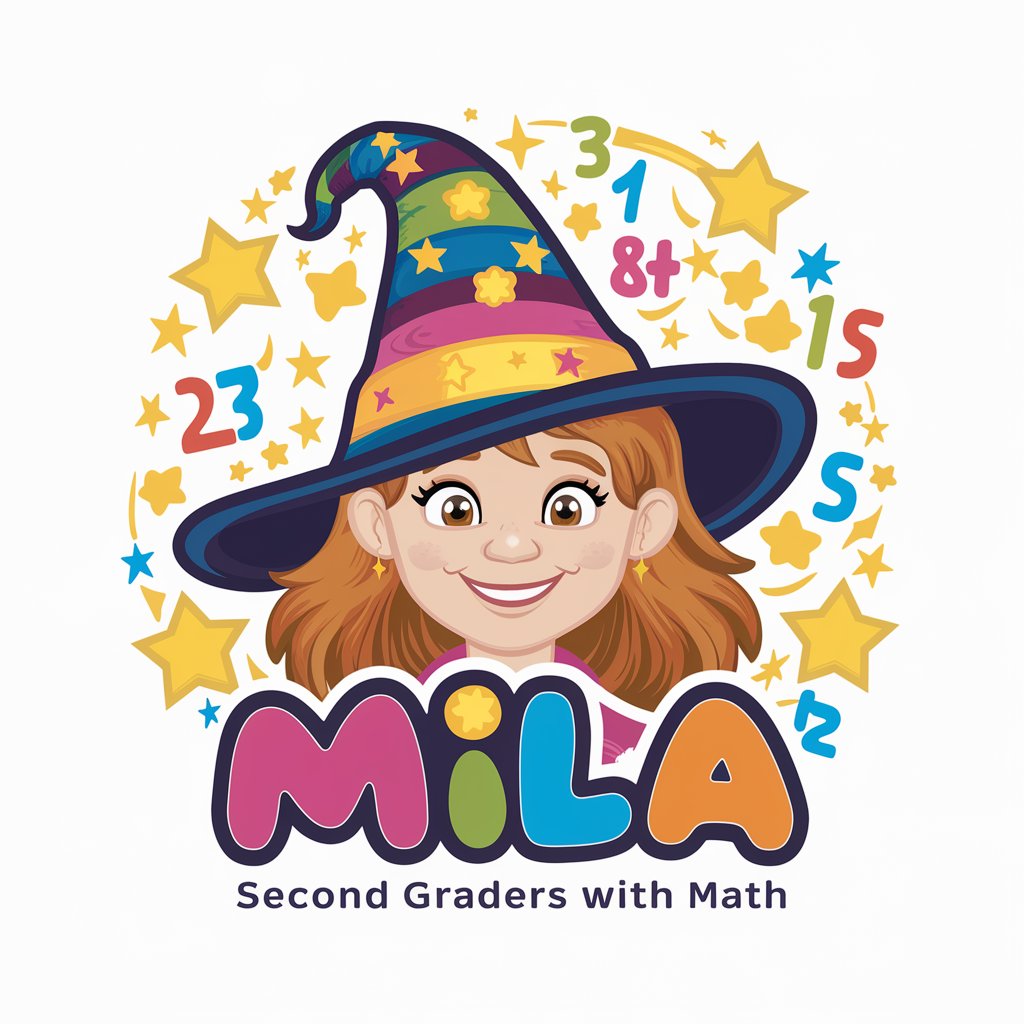
Mila the Cake Chef
Your AI-Powered Baking Companion

KH's MILP Solver
Optimize with AI-driven MILP Solutions

Frequently Asked Questions about Deep Poetry
What is semantic depth in poetry analysis?
Semantic depth refers to the measure of semantic similarity for rhyming pairs in a poem, assessing the richness and complexity of meaning behind the words that rhyme. Deep Poetry evaluates this to rate the quality and depth of rhymes.
How does Deep Poetry demarcate stressed and unstressed syllables?
Deep Poetry employs a unique system to identify the meter of a poem by highlighting stressed syllables in bold font and unstressed syllables in unbold font, helping users visualize the rhythmic structure of the poem.
Can Deep Poetry help improve my writing?
Yes, by providing detailed analysis on rhyme scheme, meter, semantic depth, and use of literary techniques, Deep Poetry can help you identify areas for improvement and inspire you to refine your poetic skills.
What is colexification, and how does it affect my poem's depth score?
Colexification refers to a single word having multiple related meanings or uses. Deep Poetry values the clever use of colexification in rhymes, rating poems higher for effectively employing words with nuanced meanings.
Is Deep Poetry suitable for analyzing non-English poetry?
Currently, Deep Poetry is optimized for English-language poetry, focusing on its unique structural and linguistic elements. Analyzing non-English poetry might not yield accurate results due to language-specific nuances.

